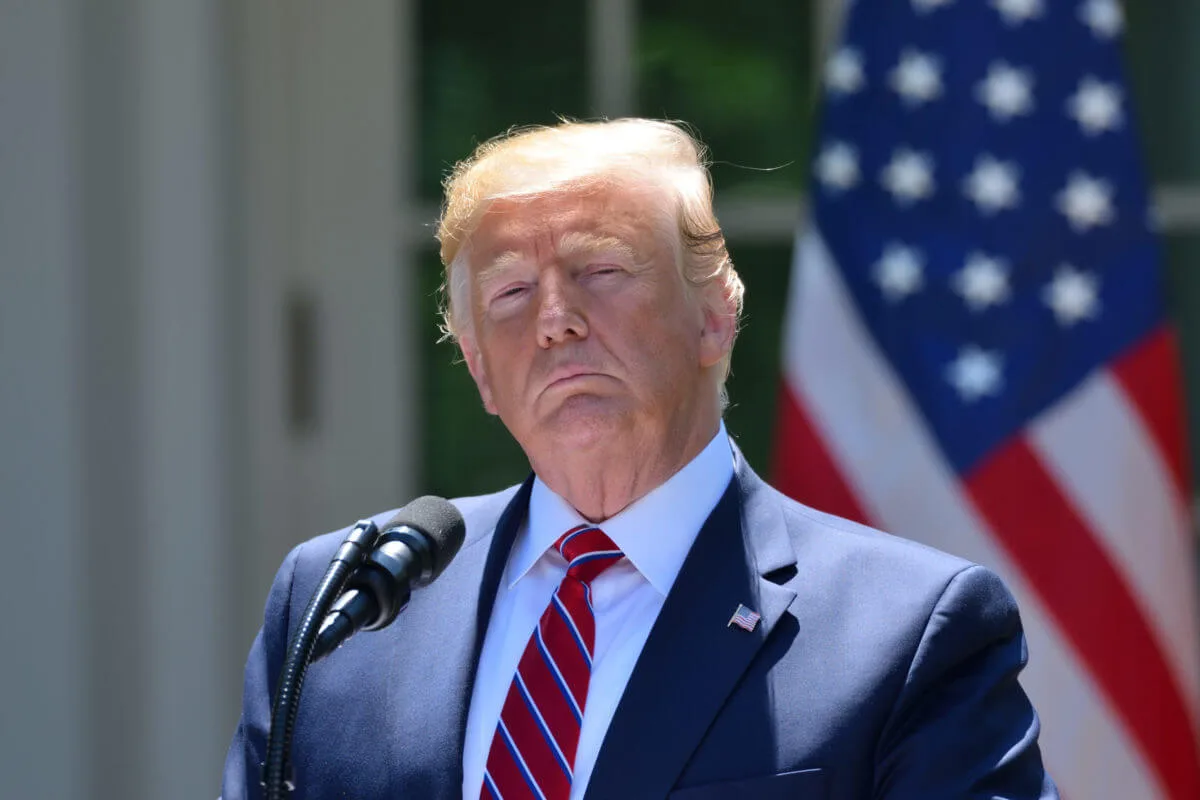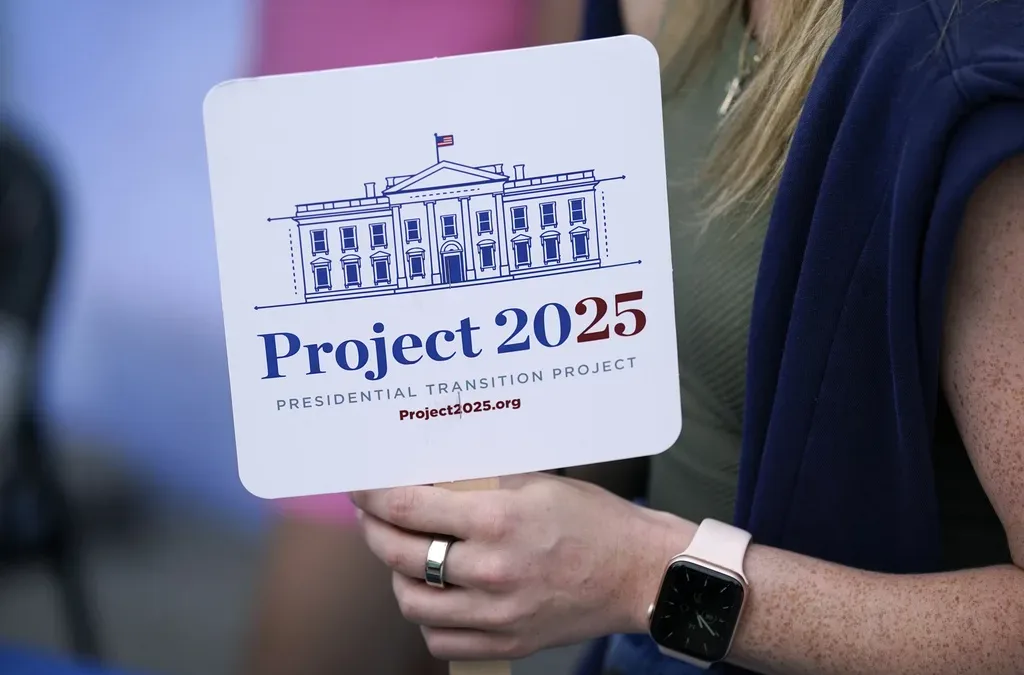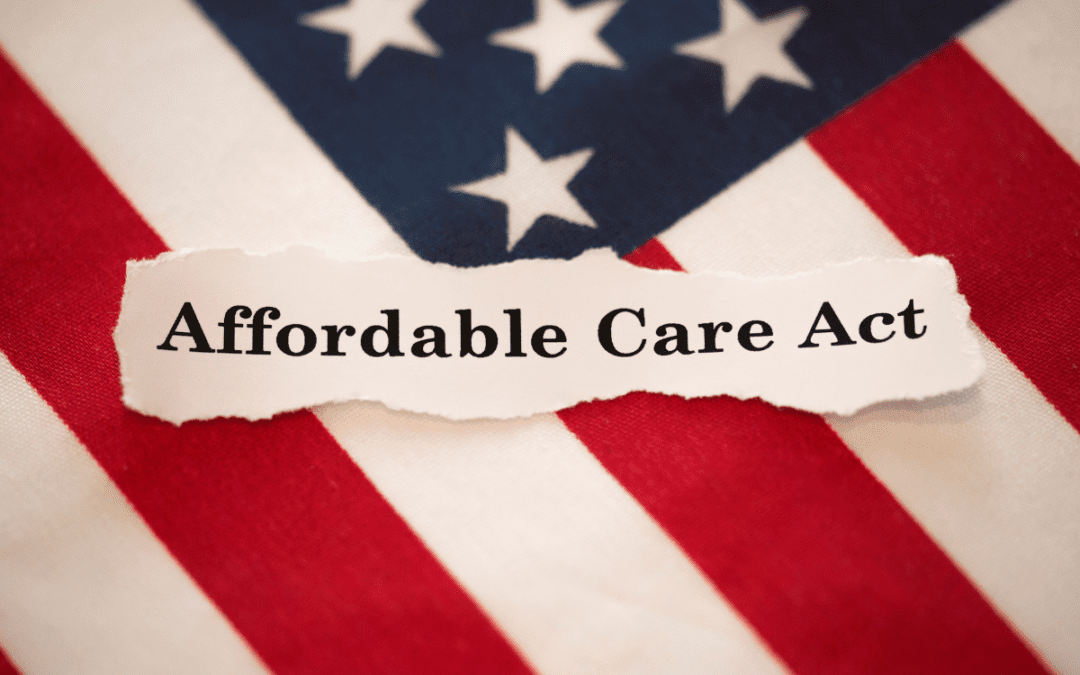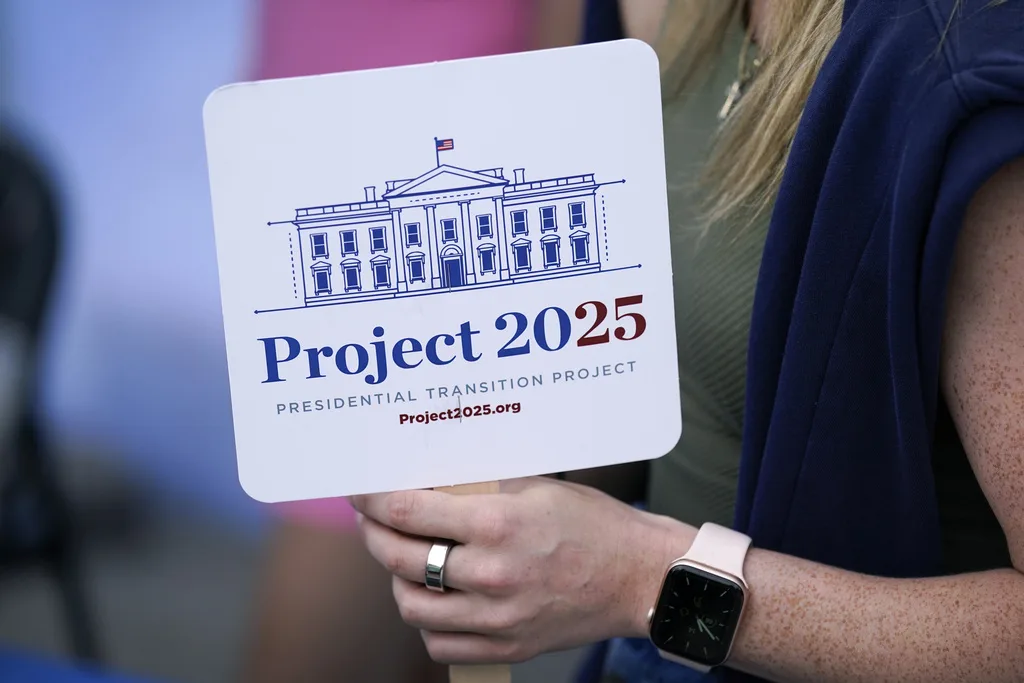
#image_title
#image_title
The rich and well-connected are able to stiff others who have to help pay for roads, schools, law enforcement, and more.
Revelations that President Donald Trump has paid nearly no federal income taxes since 2000 are indicative of a trend in Wisconsin during the past decade of wealthy business owners paying a smaller portion of taxes, leaving everyone else making less money to fund more of government services costs, according to state fiscal analysts and studies.
A New York Times investigation revealed that Trump paid no federal income taxes in 10 of 15 years from the year 2000 to 2015, and that he paid just $750 in 2016—the year he was elected as president—and the following year.
The Times report shows extensive financial losses Trump incurred, allowing him to avoid paying income taxes. Trump has denied the Times’ account, saying he pays “a lot” of federal income taxes.
In Wisconsin, changes to tax laws enacted by the Republican-led state Legislature since 2011 have reduced the tax burden paid by the state’s business owners. Among the most significant of those actions was the manufacturing and agriculture tax credit, which began in 2013 and has significantly slashed the tax burden on the state’s wealthiest manufacturers, figures show.
Tax savings to business owners and some farmers because of the manufacturing and agriculture tax credit has totaled $1.4 billion since 2011, and in 2019 alone totaled $334 million, meaning other taxpayers must make up that amount to help pay for services such as education, health care, public safety, and road repairs.
In 2017, tax filers making $1 million or more in income that year—who make up 0.2 % of Wisconsin’s population—received 76 percent of the tax credit that year.
Such efforts, combined with Trump-backed alterations to federal tax policies since his election as president, have shifted the tax burden from the wealthiest people in this country to the rest of the population, or left services without necessary funding, tax analysts told UpNorthNews.
“There has been a growing economic divide in our country between the wealthiest Americans and the rest of us,” said Jon Peacock, research director for Kids Forward, a nonpartisan organization that advocates for opportunities for children and families. “Trump’s tax returns help illustrate that great divide.”
In addition to the manufacturing and agriculture tax credit, state lawmakers have passed numerous tax law changes during the past decade Republicans said are intended to boost the economy by allowing companies and farmers to invest in their operations.
However, at the same time, Peacock said, those changes have shifted more tax payments to the middle class.
“There are changes that have happened that have made the tax system less fair,” Peacock said.
According to the pro-business lobbying organization Wisconsin Manufacturers & Commerce and Republicans like Assembly Speaker Robin Vos (R-Rochester), legislation such as the manufacturing and agriculture tax credit was necessary to enable greater business expansion. Further business growth, they said, has provided not only more jobs but has boosted spending across the state’s other economic sectors.
Some economists agree, saying the tax credits have spurred economic growth in Wisconsin. A 2017 research report for the Center for Research on the Wisconsin Economy found that from 2013-16 the tax credit accounted for nearly 21,000 additional manufacturing jobs, a 4.6 percent increase.
However, others said job growth in manufacturing and agriculture sectors has not been enough to justify the tax breaks. Businesses and farms receive the tax credit benefit whether they add jobs or cut them, they said.
Most farms don’t benefit from the tax credit, Peacock said. Of those that do, most are large, corporate farms, Wisconsin Farmers Union President Darin Von Ruden said, noting that nearly 800 dairy farms in Wisconsin went out of business last year.
“The tax cuts we have seen (in the agriculture sector) have mostly helped the big farmers and businesses, not the little guys,” Von Ruden said.
Jobs across all sectors have taken significant hits during the coronavirus pandemic, and while many people are back to work, others are not and are struggling financially as unemployment benefits have run out and Congress has not extended those payments.
In the manufacturing sector alone, figures released in August show that 237,000 of those jobs have been lost under Trump. Trade tariffs the president has imposed have hurt the manufacturing sector, analysts said.
In Wisconsin, manufacturing jobs losses were occurring even before the pandemic began. Figures from September 2019 show state manufacturers employed 6,800 fewer workers in that month compared to one year earlier, continuing a trend of losses in that sector.
According to a Wisconsin Policy Forum report released in November, state residents paid the 19th-highest taxes nationally as a share of income, down from 16th the previous year. However, the percentage of taxes paid by the wealthy in Wisconsin and most of the US has decreased in recent years, shifting that burden to others making less money, according to a study by the Institute on Taxation and Economic Policy.
The ITEP study ranks Wisconsin 34th among states in terms of how equitable its tax structure is.
“When tax systems rely on the lowest-income earners to pay the greatest proportion of their income in state and local taxes, gaps between the most affluent and the rest of us continue to grow,” the report states.
Politics

6 terrifying things that could happen if the Comstock Act is used to target abortion
Does 1873 sound like a really, really long time ago? Well, that’s because it is—but if Republicans and far-right anti-abortion activists have their...

Opinion: Many reasons why young adults should refuse to let Republicans kill the Affordable Care Act
In this op-ed, University of Wisconsin Medical School student, Samantha Crowley, shares the importance of young adults protecting the Affordable...
Local News

Stop and smell these native Wisconsin flowers this Earth Day
Spring has sprung — and here in Wisconsin, the signs are everywhere! From warmer weather and longer days to birds returning to your backyard trees....

Your guide to the 2024 Blue Ox Music Festival in Eau Claire
Eau Claire and art go hand in hand. The city is home to a multitude of sculptures, murals, and music events — including several annual showcases,...



